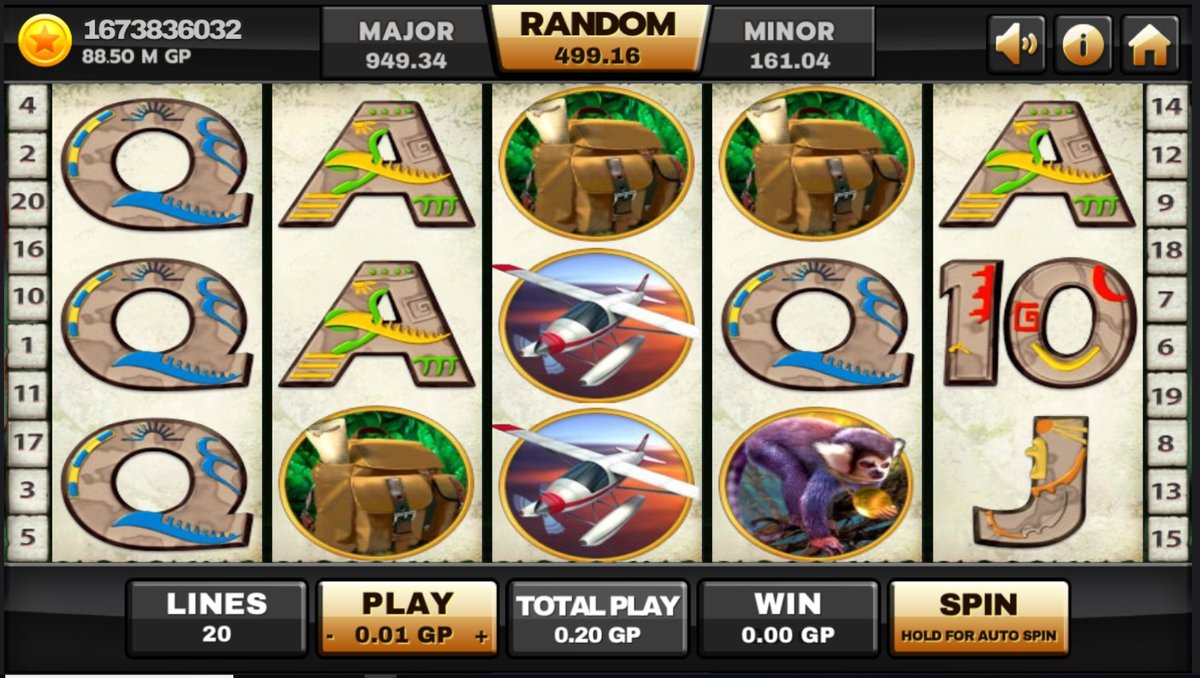Forex Market Basics: Essential Terms Every Trader Should Know
For anyone stepping into the world of forex trading, the sheer volume of terminology can feel like learning a new language. Understanding these terms is crucial for making informed decisions in the fast-paced environment of the forex market. This guide is designed to simplify the essentials, helping you gain confidence and get started on your trading journey.
What is Forex? The Basics Simplified
Forex, short for foreign exchange, is all about buying and selling currencies. It’s the largest financial market globally, where trading takes place 24 hours a day, five days a week. Unlike stock markets, forex operates on a decentralized network, with transactions happening over-the-counter.
One key term in forex is the currency pair, which represents the two currencies involved in a trade. For instance, in the pair EUR/USD, EUR (euro) is the base currency, and USD (U.S. dollar) is the quote currency. Understanding how to interpret these pairs is crucial, as they indicate how much of the quote currency is needed to buy one unit of the base currency.
Leverage and Its Role in Forex Trading
Leverage is a term traders inevitably encounter. It allows you to control a large amount of money with a relatively small investment. For instance, a leverage ratio of 100:1 means you can control $10,000 worth of currency with just $100. While leverage can amplify your gains, it’s crucial to remember that it also increases the risk of significant losses. It’s essential for traders to use leverage wisely and understand the potential implications on their trading capital.
Pips and Their Importance in Trading
The term pip stands for “percentage in point” and is the smallest price move that can be recorded in the forex market. Typically, it represents a one-digit movement in the fourth decimal place of a currency pair. For example, if EUR/USD moves from 1.1050 to 1.1051, it has moved one pip. Understanding pips is vital for calculating the potential profit or loss in trading and assessing whether a trade is worth entering.
Making Sense of Bid and Ask Prices
In forex, you’ll often hear about the bid and ask prices. The bid price is what buyers are willing to pay for a currency, while the ask price is what sellers are willing to accept. The difference between these two is known as the spread, which is essentially the cost of trading that currency pair. Being aware of the spread is important, as lower spreads tend to be more favorable for traders.
By familiarizing yourself with these basic terms, you lay a strong foundation for your forex endeavors. Remember, the key to successful trading lies in continuous learning and practice.

